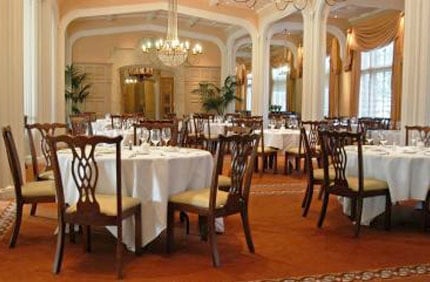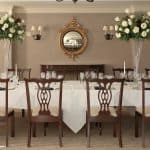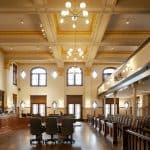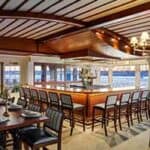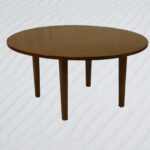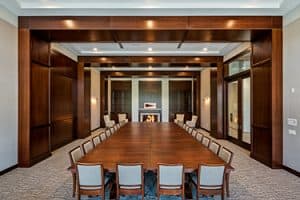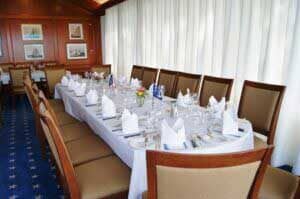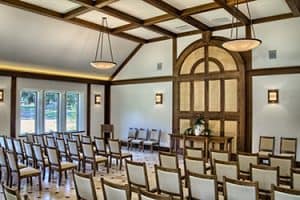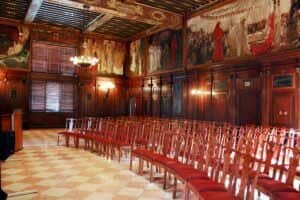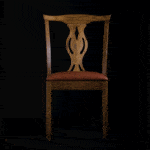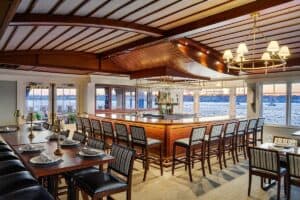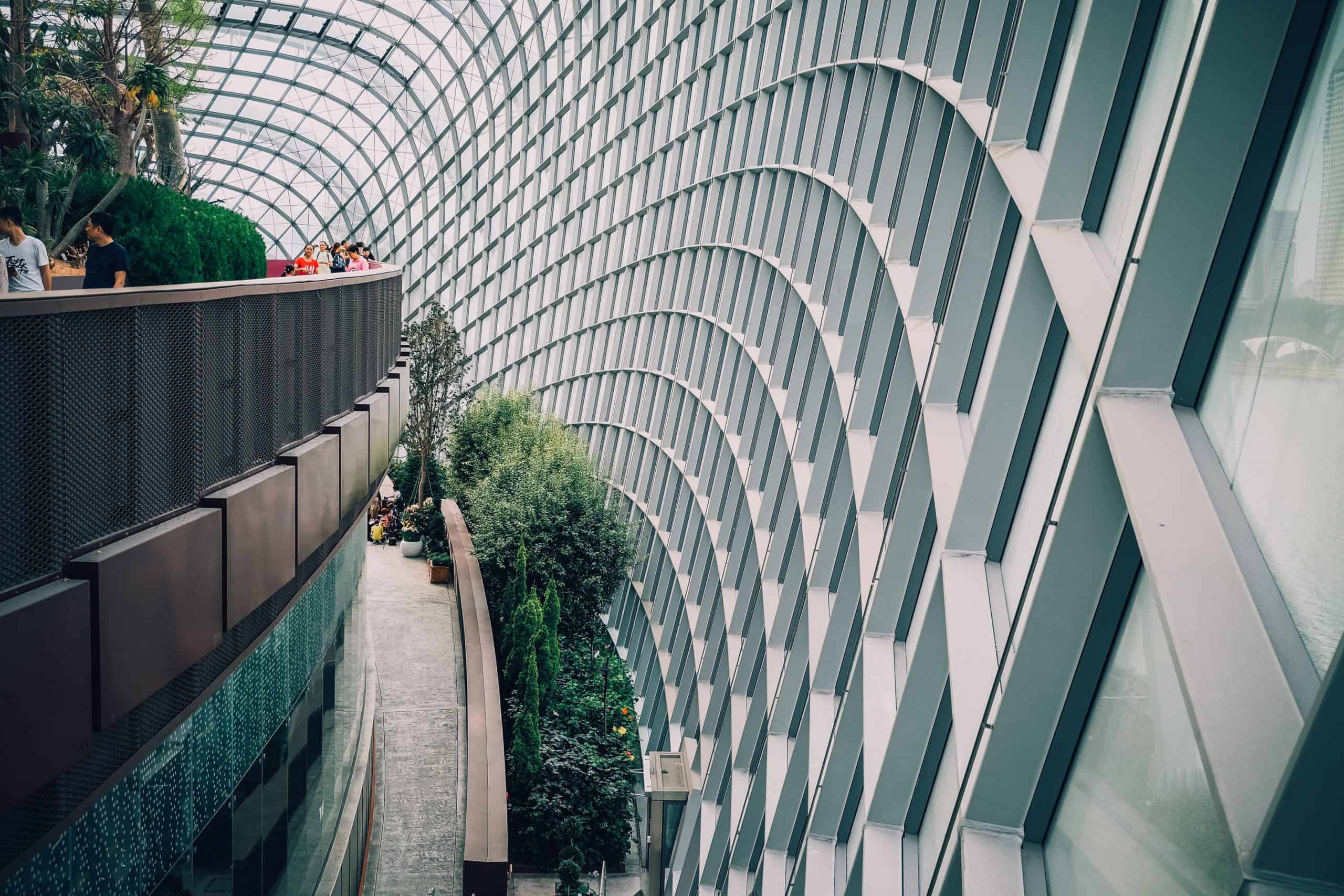Biophilic design is the concept of bringing elements of nature to indoor spaces. Builders and designers can incorporate nature through patterns, light, water features, views, and even scents. Biophilic design allows humans to connect with the natural world, while inside. This design style is not new. In fact, it was first seen in the Hanging Gardens of Babylon.
Benefits of Biophilic Design
Thanks to technology, the world we live in today is more stressful than ever. It is hard to get away from screens, but it is important to surround ourselves in nature. Nature grounds us, and allows us to feel more centered. Because of this, health care professionals encourage patients to spend at least two hours outside per week. However, it is estimated that most people spend around 90% of their time indoors. Thus, biophilic design is one way to bring aspects of nature inside. In fact, companies all over the world have started looking to add biophilic design features to their company work spaces. Biophilic design can improve physical health and cognitive function by decreasing stress.
Types of Biophilic Design
There are generally three types of biophilic design.
- Nature in the indoor space: This is when designers use natural elements like trees, plants, and water features indoors.
- Natural analogues: This is when real nature isn’t directly brought indoors. Instead, designers use patterns, natural materials, and objects which mimic nature. These natural analogues can be used in the actual design of the building, the interior design and the furniture.
- Nature of the Space: This is when spatial elements from nature are utilized inside. For example, a spa may want to build a space that resembles a natural cave with a man made stream running through the room.
Hardwood with Biophilic Design
The US has a sustainable and strong forestry system. Once trees have absorbed their maximum amount of carbon dioxide, they are ready for harvest. Removal of older trees allows new saplings to grow. These new saplings capture more carbon dioxide and begin the cycle anew. Companies, such as Eustis Chair, utilize hardwood in furniture, walls, stairs, and decorative elements of spaces. Hardwood comes in different stains, so it can easily be incorporated into any space to help create a strong sense of biophilia. The incorporation of hardwood into biophilic designs supports the sustainable harvesting of hardwood in the US. Additionally, biophilic designs can help create spaces for people to connect and receive the benefits of nature, even while inside.
Biophilic Design and Eustis Chair
Eustis Chair manufactures sustainable hardwood chairs that add a touch of elegance to any biophilic space. Learn more about our chairs here. Additionally, we are proud to work with sustainable harvesters that are helping to create a healthier, more sustainable world.













